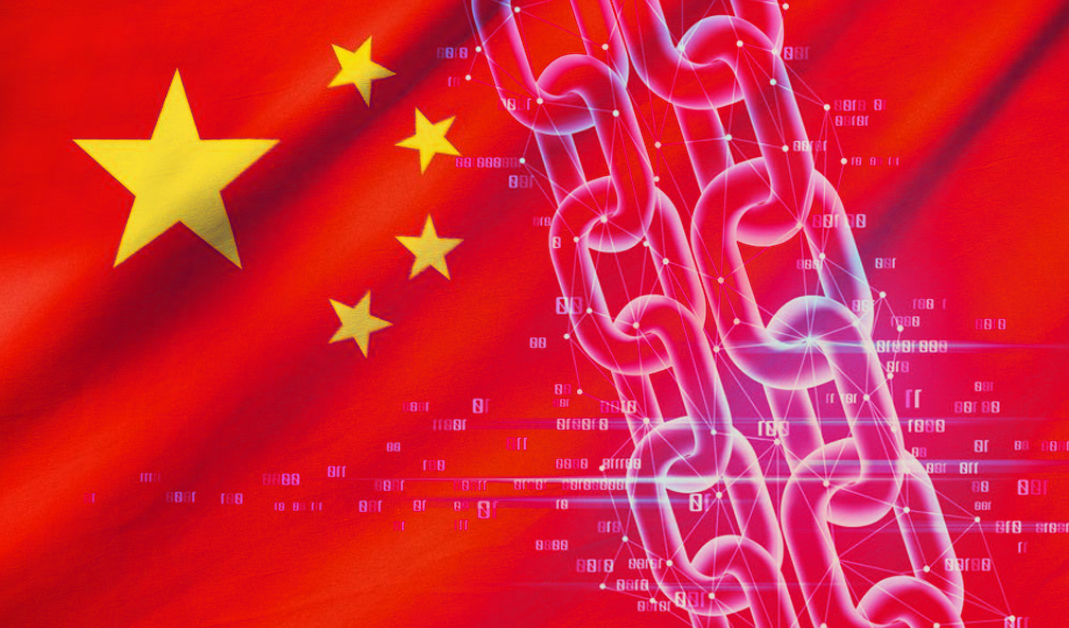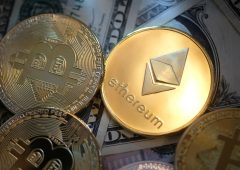China Moves $2 Billion in Seized Ethereum
08.08.2024 10:30 1 min. read Alexander Stefanov
On Wednesday, Chinese authorities reactivated a substantial amount of Ethereum, previously seized in connection with the Plus Token Ponzi scheme.
This move involves roughly $2 billion worth of ETH, which had been dormant since its seizure in 2021.
The sudden activity involves over 789,000 ETH being transferred from wallets linked to the scam, which had remained inactive since early 2021. This shift was detected a few hours before it became public, raising concerns about potential market effects.
The Ethereum in question was confiscated during a crackdown on Plus Token, a fraudulent scheme that deceived investors. The recent transactions from these wallets have prompted speculation about possible large-scale sell-offs that could impact Ethereum’s market stability.
Additionally, a wallet from Ethereum’s 2014 ICO has been activated after years of inactivity. This wallet, which originally held 500 ETH purchased at $0.31 each, is now worth approximately $1.25 million. The wallet recently conducted a small transfer, possibly indicating test transactions that could influence Ethereum’s price.
-
1
Nasdaq Firm Makes First Crypto Move With Bittensor Acquisition
26.06.2025 14:00 1 min. read -
2
Coinbase Brings Cardano and Litecoin to DeFi via New Wrapped Tokens on Base
26.06.2025 18:00 1 min. read -
3
Trump-Linked Truth Social Pushes for Bitcoin-Ethereum ETF as Crypto Strategy Expands
25.06.2025 19:00 2 min. read -
4
Crypto Company Abandons Bitcoin Mining to Focus Entirely on Ethereum Staking
26.06.2025 20:00 1 min. read -
5
Altcoin Market May Be on the Verge of Major Rally, Analyst Suggests
27.06.2025 14:00 2 min. read
Most Trending Cryptocurrencies on CoinGecko After Bitcoin’s New ATH
Bitcoin’s breakout to a new all-time high above $118,000 has reignited momentum across the crypto market. While BTC itself saw nice gains several altcoins are riding the wave of renewed investor interest.
Ethereum Jumps 8% to Reclaim $3,000
Ethereum surged 8.4% in the past 24 hours, reaching $3,010 as renewed interest in altcoins follows Bitcoin’s explosive rally.
Grayscale Reveals Which Altcoins Are Next in Line for Onclusion
Grayscale, one of the leading cryptocurrency asset managers, has unveiled its latest benchmark update structured around its Crypto Sectors framework.
Trump’s Truth Social to Launch Utility Token for Subscribers
Truth Social, the platform founded by Donald Trump, is moving deeper into the crypto space with plans for a utility token tied to its premium services.
-
1
Nasdaq Firm Makes First Crypto Move With Bittensor Acquisition
26.06.2025 14:00 1 min. read -
2
Coinbase Brings Cardano and Litecoin to DeFi via New Wrapped Tokens on Base
26.06.2025 18:00 1 min. read -
3
Trump-Linked Truth Social Pushes for Bitcoin-Ethereum ETF as Crypto Strategy Expands
25.06.2025 19:00 2 min. read -
4
Crypto Company Abandons Bitcoin Mining to Focus Entirely on Ethereum Staking
26.06.2025 20:00 1 min. read -
5
Altcoin Market May Be on the Verge of Major Rally, Analyst Suggests
27.06.2025 14:00 2 min. read


